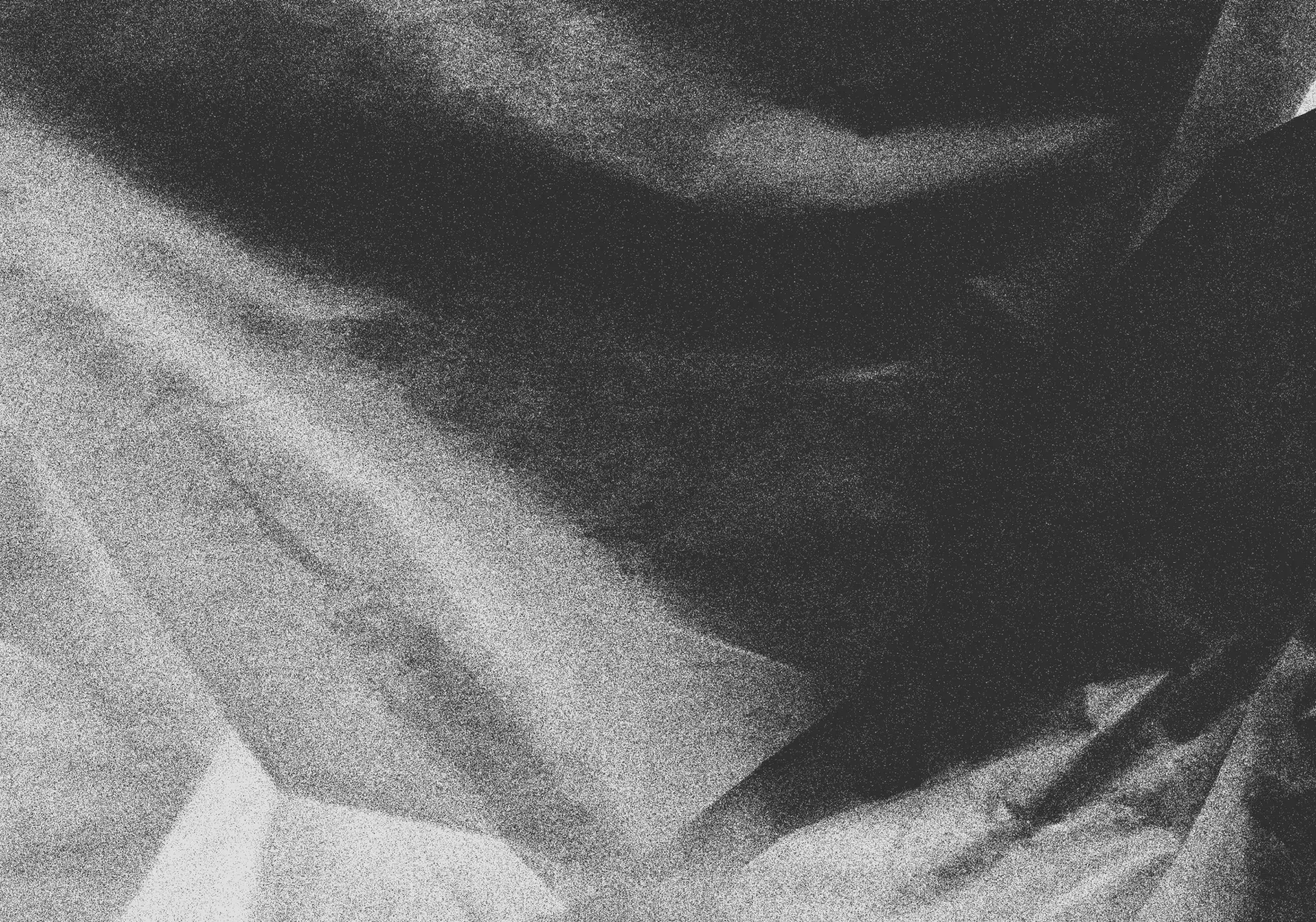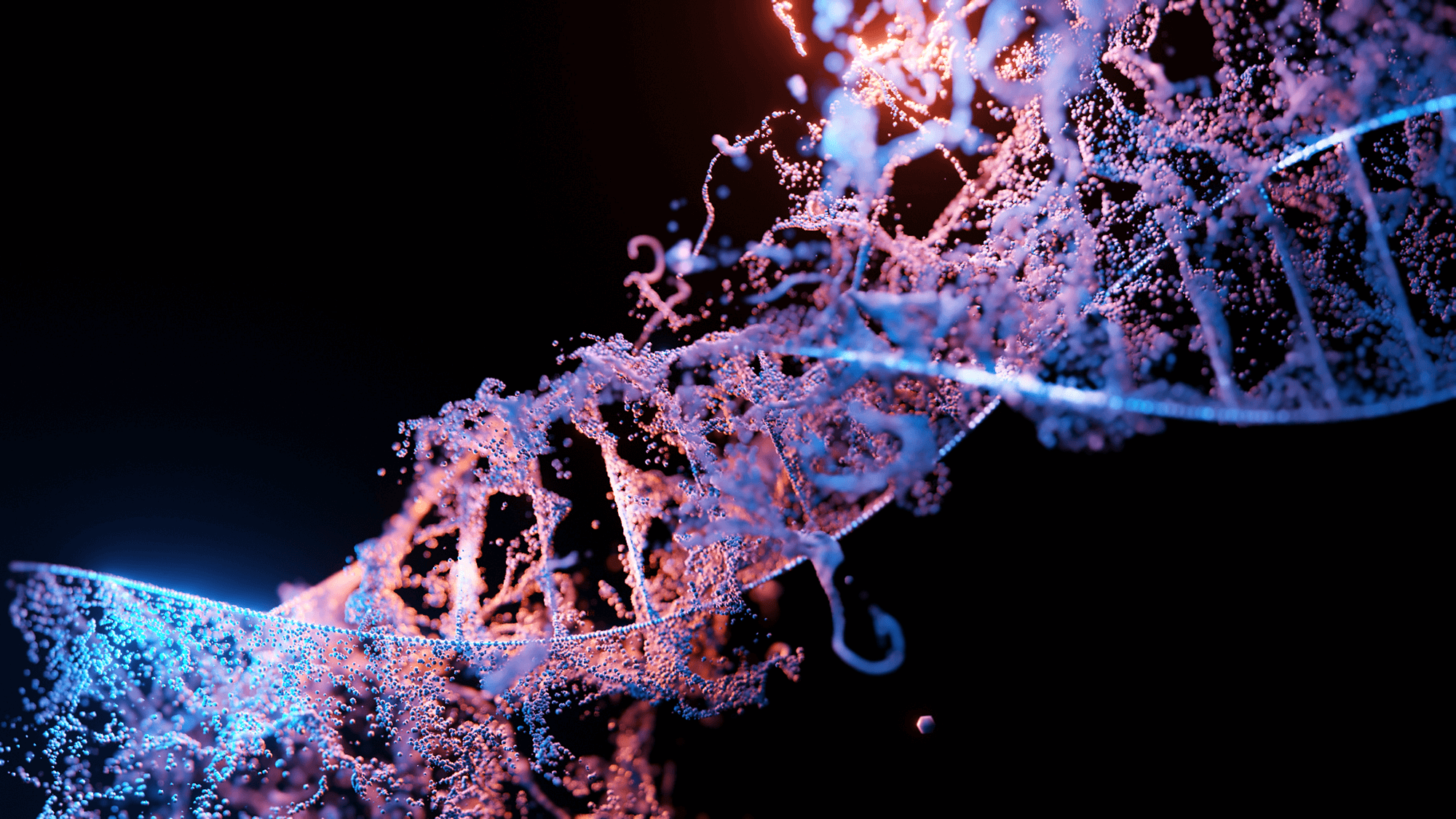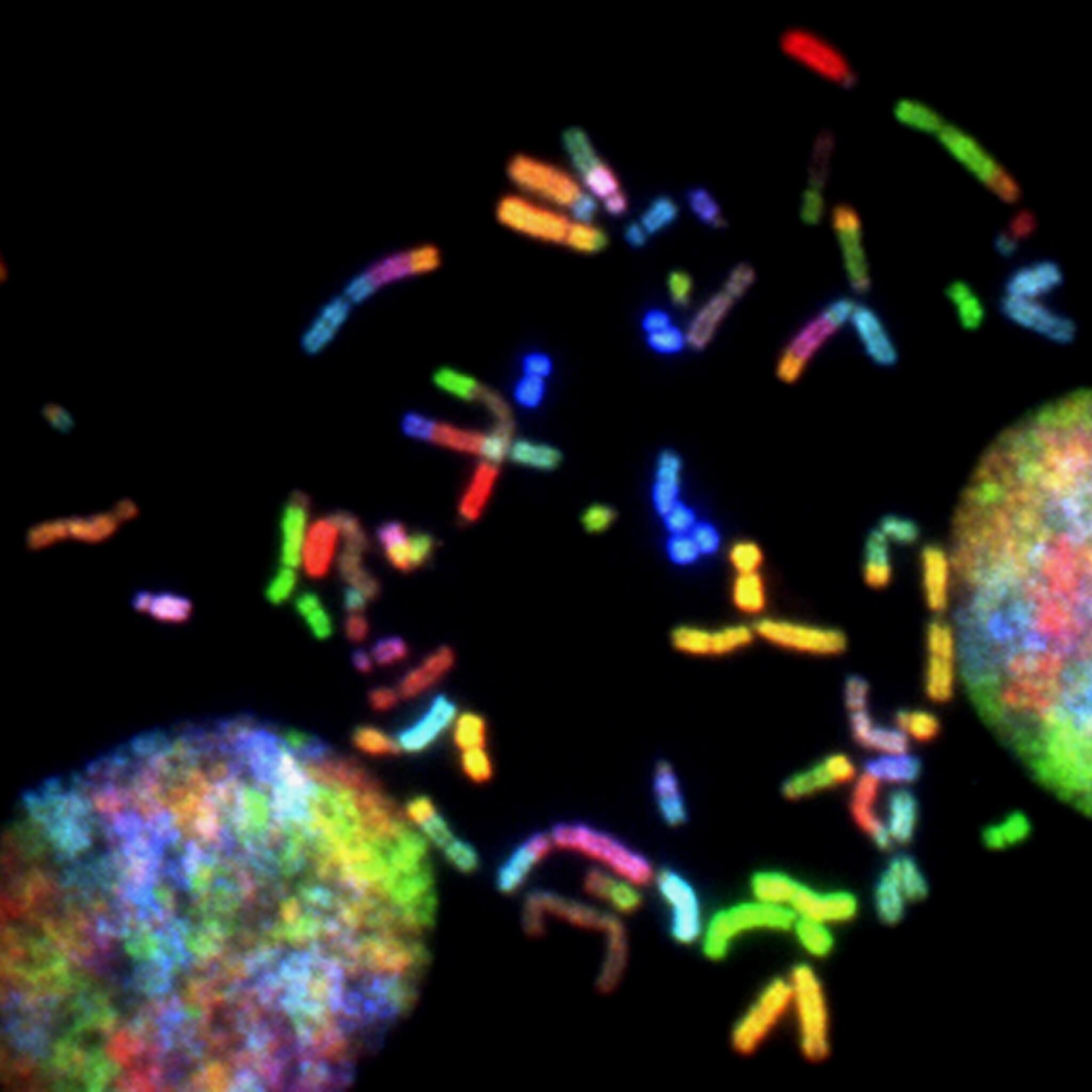This website uses cookies so that we can provide you with the best user experience possible. Cookie information is stored in your browser and performs functions such as recognising you when you return to our website and helping our team to understand which sections of the website you find most interesting and useful.
Limiting the diagnostic odyssey: Progress for patients with rare diseases thanks to NCG’s international cooperation
Rare diseases pose a particularly great challenge for everyone involved. In order to help patients and their families, the LNS National Center of Genetics (NCG) works closely with international partners within a network of European reference centers (European Reference Network for rare diseases). Such was the case in 2022, with a three-year-old patient who was affected by a previously unknown disease.
Partners from six countries
The young patient from Luxembourg was suffering from a disease that has since been identified as a BRD4-related disorder, as project coordinator Dr Guillaume Jouret explains: “We talk about a diagnostic odyssey when it comes to rare diseases, to describe the often long and challenging journey that patients and their families undertake to obtain a proper diagnosis, because in most cases there is still no knowledge at all. This was also the case here, where we discovered a new genetic syndrome attributed to a gene never associated with a human disease before. To better understand the disease and find solutions for the patient, we set up an international study involving medical genetics teams from a total of six countries.”
The collaborative venture was implemented via the European Reference Networks for rare diseases, ERN-ITHACA. Through this complementary expertise, knowledge was quickly gained, and results achieved, says Guillaume Jouret: “Thanks to the description of the first cohort of a total of 14 patients affected by this newly identified genetic syndrome, our collective endeavor was able to define the main medical characteristics of the affected patients. This made it a distinct entity within a group of diseases called cohesinopathies, genetic disorders characterized by abnormalities in the functioning of the cohesin protein complex, which plays a crucial role in maintaining the structural integrity of chromosomes.”
Access to state-of-the-art genetics
From Guillaume Jouret’s point of view, the way that the BRD4 case was handled was exemplary for the benefits of cross-border cooperation, particularly in the field of rare diseases: “Exchange between international experts allowed us to progressively slot all of the pieces of the puzzle together. The BRD4 study enabled us to better understand the molecular causes and clinical consequences of this disorder. It provides the necessary knowledge for other medical genetics teams around the world to make this diagnosis and helps doctors involved in the care of patients to better understand their specific characteristics and offer them a personalised follow-up.”
Prof. Dr Barbara Klink, head of NCG, sees international collaboration as an essential pillar of a sustainable overall strategy: “Since the NCG was founded in 2018, our goal has been to ensure that Luxembourg can reap the benefits of state-of-the-art genetics. In close collaboration with the ERN-Hub at CHL, we give patients access to a network of centres of reference for rare diseases that cooperate closely across Europe. We initiate several international clinical research partnerships each year with the aim of identifying a diagnostic for Luxemburgish patients affected by rare diseases and of reducing their diagnostic odyssey.”



Pour les patients atteints de maladies très rares, établir le bon diagnostic relève souvent d'une combinaison d'expertise clinique et de recherche translationnelle, dès la première consultation.
Dr Guillaume Jouret
Clinical Geneticist






